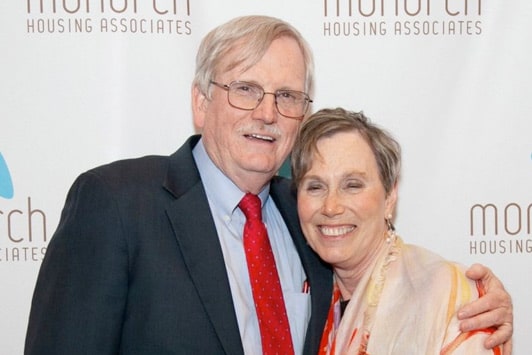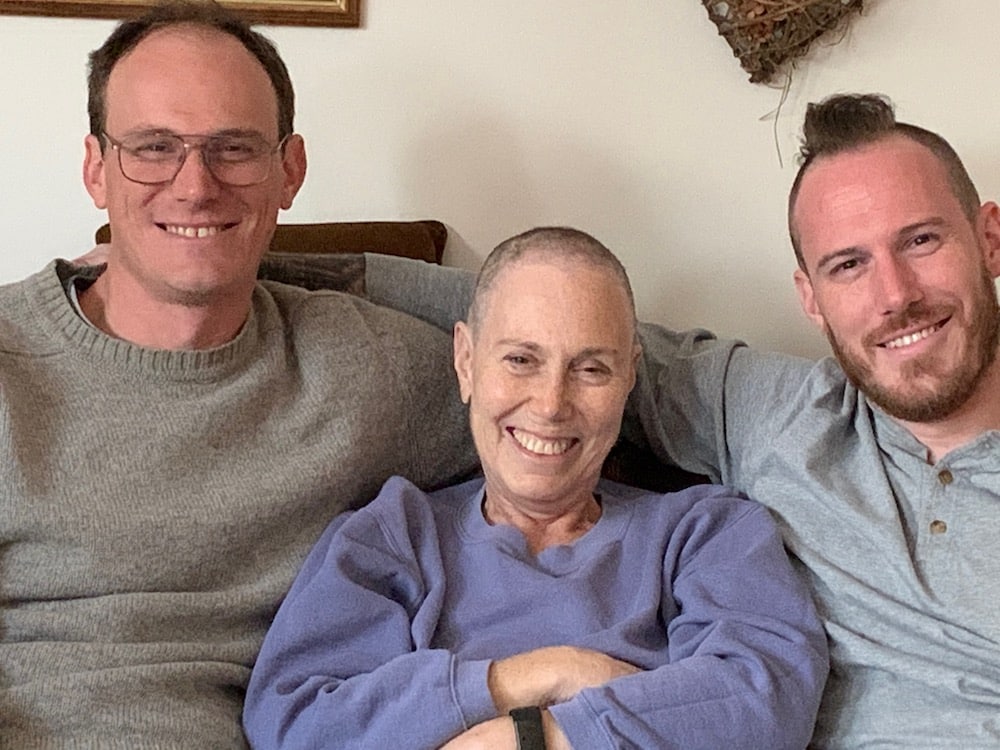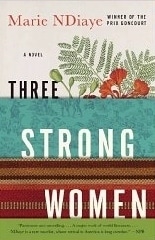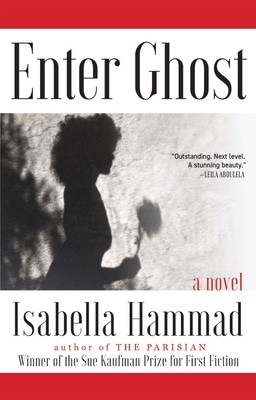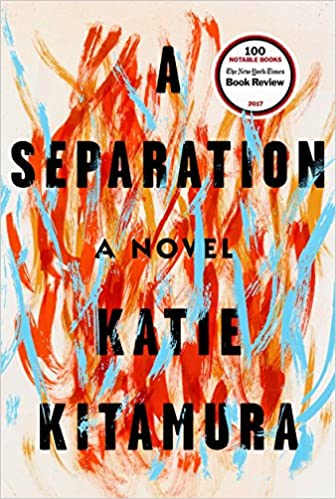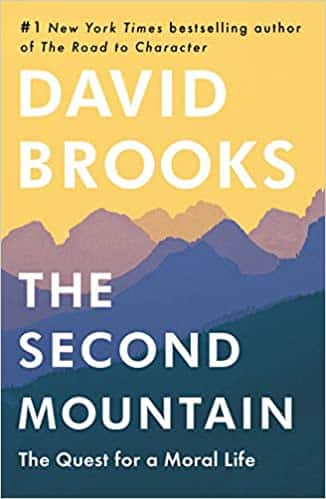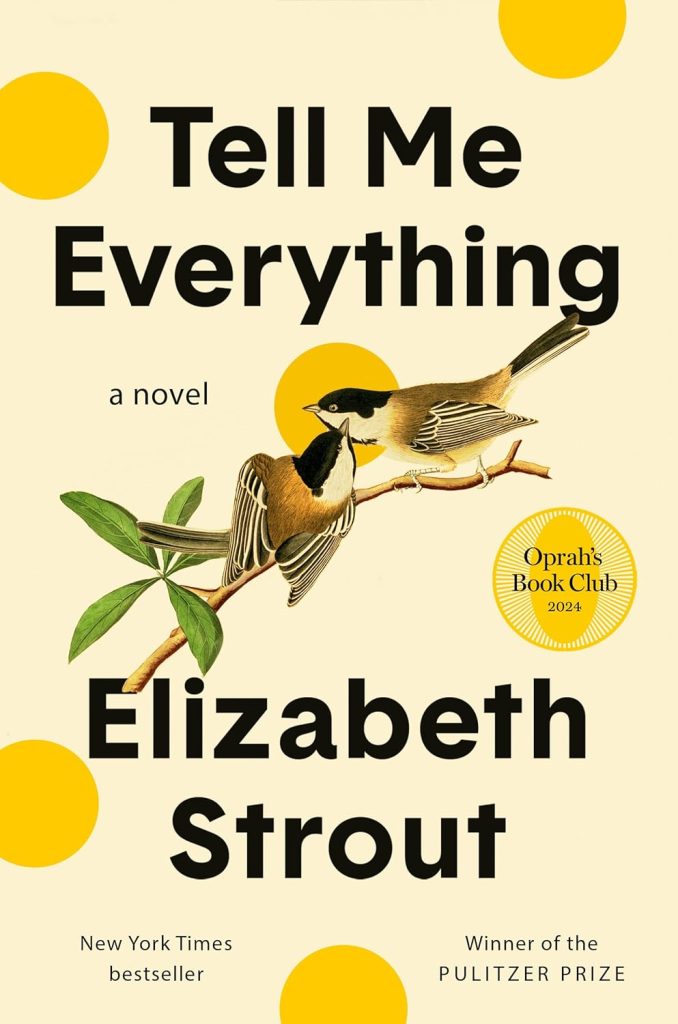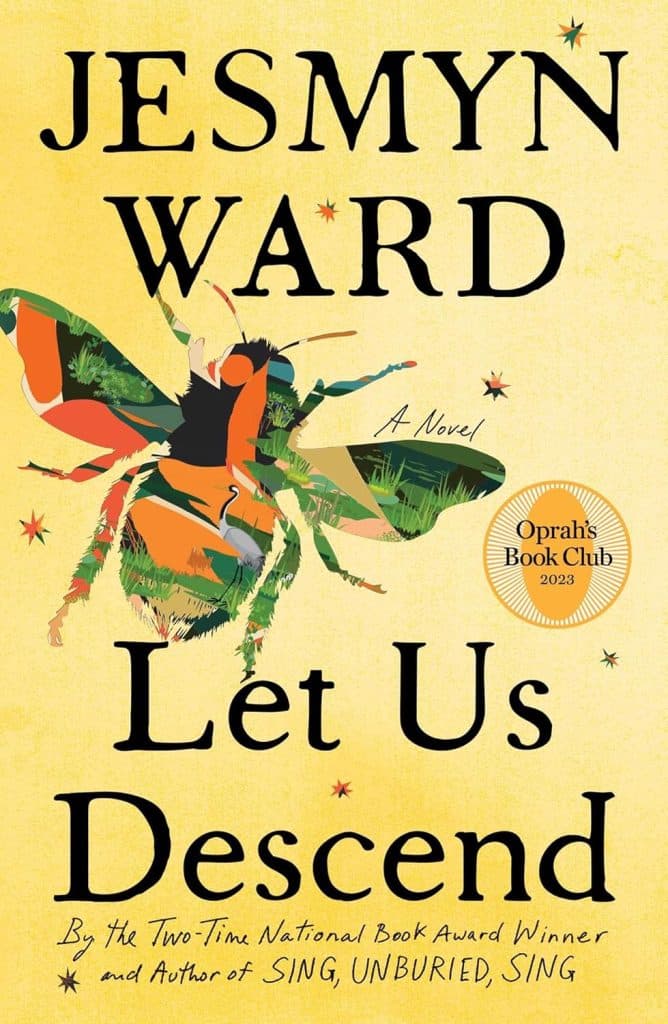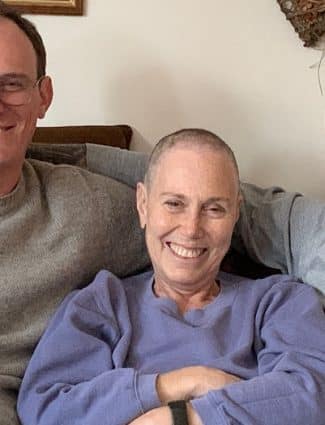
Jan Loved Being a Mom and Grandma
Estimated reading time: 0 minutes, 45 seconds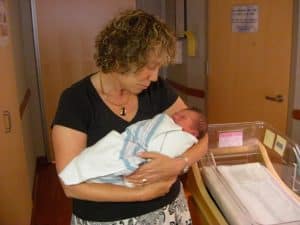 To be a good grandparent, one needs first to learn how to be a good parent.
To be a good grandparent, one needs first to learn how to be a good parent.
Jan learned those skills like she did everything else in life with gusto.
Jan was always willing to do anything and everything to help Jon and Mike.
When she came home from the hospital for hospice care, both boys were there to help shower her with their love in her final days.
It was an emotional time for our family, but Jon and Mike made the unbearable easier to manage with their devotion and love.
The short video from 2013 is of Jan and her first grandchild.
When you buy a book or product using a link on this page, I receive a commission. Thank you for supporting Sharing Jan’s Love blog.

